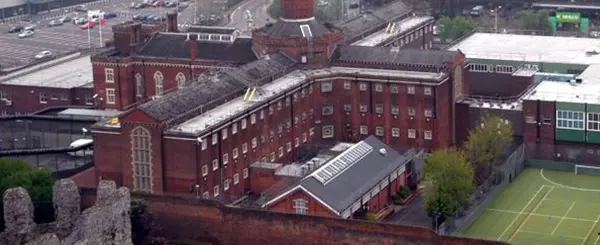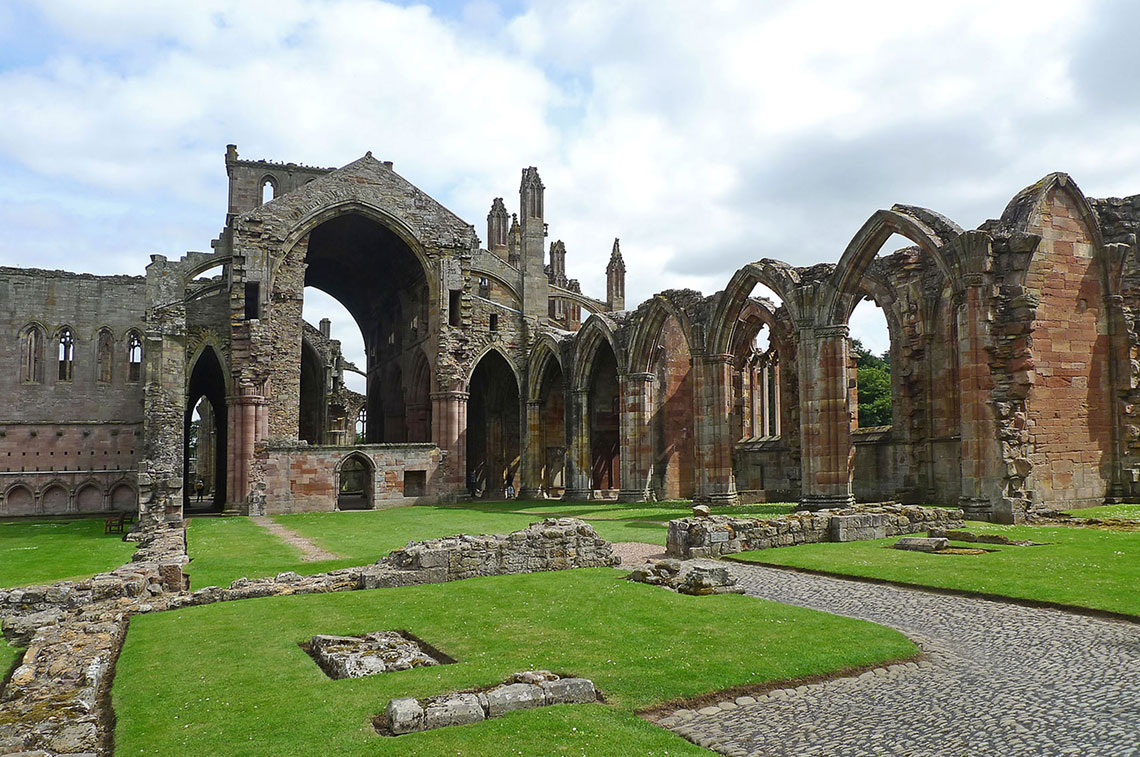Around this
time last year, starter homes were the ‘hot topic’ in planning and housing environments, as the Conservative Government of David Cameron was fully committed to deliver
ing its
Manifesto pledge to build 200,000 starter homes by 2020. The Parliamentary debate was so heated that it almost sparked a constitutional crisis between the two Houses, with the Lords
lamenting the lack of detailed provisions in the
-then Housing and Planning Bill and the Government
complaining about the inferences of peers over a clear electoral commitment;
by way of reminder, there were
six ping-pong stage debates between the two
Houses, and starter homes (together with the Right to Buy extension) w
ere the most contentious matter.
Since then, there have been many changes; without detailing many of them, two seem particularly relevant to starter homes: the new DCLG Secretary Sajid Javid (together with his Housing and Planning Minister Gavin Barwell) and the publication of the Housing White Paper.
In this blog we try to understand whether the
Theresa May’s Government has provided some answers to the questions and uncertainties that we highlighted in
our essential guide to starter homes around a year ago, when the Housing and Planning Bill was enacted.
What’s new?
The answer is simple: the
Housing White Paper.
The holistic policy document published by DCLG in February 2017 touches on wide-ranging topics to try to find effective ways to increase housing supply; starter homes are also featured, after having been almost completely ‘off the radar’ since the Housing and Planning Bill’s enactment.
The White Paper (finally) provides some additional details and more certainty around starter homes and their related complexities, referring in particular to:
- the introduction of a household income cap of £80,000 (or £90,000 in London);
- the requirement for buyers to have a mortgage in place (covering at least 25% of the total cost);
- the length of the repayment period (i.e. the tapered approach): 15 years;
- the commitment to commence the general duty of councils to promote the supply of starter homes (section 4 of the Housing and Planning Act 2016); and
- the decision to not introduce a mandatory starter homes requirement for certain developments, and the intention to clarify a policy expectation that housing sites deliver a minimum of 10% affordable home ownership units.
The length of the repayment period and the decision not to introduce a mandatory starter homes requirement address some (but not all) of the uncertainties around starter homes - particularly those that were of concern to lenders and local authorities. Furthermore, the decision to introduce a household income cap and the mortgage requirement seems a sensible move to guarantee that these starter homes effectively benefit those who need them the most, and to discourage those ‘who would simply wish to sell on quickly to secure financial uplift’.
Old (but still valid) uncertainties
Among all the uncertainties we
previously highlighted, probably only one (although multi-faceted) remains, relating to discount repayment and market price estimates. Specifically, the
three key questions that are still unanswered are:
- How will the 20% discount on market price be assessed and, particularly, how will market prices be calculated for different areas within the same local authority or ward, for example?
- How will the discount repayment be calculated in relation to the tapered approach, when a starter home is sold within the first 15 years (as house prices are not fixed over time): would the repayment be based on the initial market price or on the market value at the time of selling?
- Who would the ‘specified persons’ be, to receive the starter homes discount repayment (as detailed in s3(1)(a) of the Act), as this ‘may be the Secretary of State, a local planning authority in England or any other person’?
These might seem to be just technicalities, but the answers to these questions are likely to affect the future of what seems an already-watered down starter homes regime.
New uncertainties
At this point, and having seen the removal of the mandatory starter homes requirement, the elephant in the room relates to how likely it is that starter homes are to become an effective part of affordable housing mixes. Starter homes potentially have intrinsic complexities for developers, such as in drawing a distinction between starter and market homes within their own schemes, or in relation to territorial discrepancies (particularly around Greater London’s outer boundary); plus, they are a new product that has not been piloted or properly tested - thus they could be more risky and in reality, too uncertain to implement. As a consequence, developers might prefer to stick with more familiar, tried and tested affordable housing tenures, such as shared ownership or affordable rent instead.
The Government seems aware of this risk and, accordingly, has pushed forward some of the more ‘light-touch’ measures consulted on in relation to starter homes and, in particular, brownfield land developments, to try fostering the delivery of starter homes (and not reneging on the Manifesto commitment?). Specifically, the White Paper confirms the intention to amend a change to the NPPF to allow ‘more brownfield land to be released for developments with a higher proportion of starter homes’; this will be achieved through:
- Allowing any ‘starter home-led development’ proposal on employment land sites that have been vacant, unused or unviable for a period of five years (and that are not strategic employment sites) to be considered ‘favourably’;
- Expanding the starter homes exception site policy to include additional forms of underused brownfield land, such as leisure centres and retail uses; and
- Allowing development on brownfield land within the Green Belt, if this ‘contributes to the delivery of starter homes and there is no substantial harm to the openness of the Green Belt’.
It is yet to be understood whether any of the above measures will be an effective means of delivering starter homes, and additional details will be crucial in understanding their potential impacts; by way of example, what will be considered as a ‘higher proportion of starter homes’?
What’s next?
Four steps are yet to come: HPA-related Regulations, new Planning Practice Guidance and the Government’s response to the White Paper consultation.
- A Commencement Order is needed to bring into force the general duty on councils to promote the supply of starter homes (s4 of the HPA) and the other relevant starter homes-related sections (ss1-8 HPA).
- Regulations are needed ‘to finalise the starter homes definition and monitoring provisions’. Regulations will be also required for clarifying the detailed operation of the restricted period (i.e. the tapered approach), and incorporating the details of the mortgage requirement.
- Planning Practice Guidance will be required to detail the operations of the council duty to promote starter homes and (probably) to highlight the way house prices and repayments should be assessed.
- The Government’s response to the White Paper consultation will hopefully clarify whether the proposed requirement for a ‘minimum of 10% of all homes on individual sites [to be] affordable home ownership products’ will be included in national planning policy.
In terms of timeframe,
a letter written by Lord Bourne of Aberystwyth (DCLG Under-Secretary) this January states that the two starter homes-related Statutory Instruments planned at the time w
ere ‘expected to come into force in Summer 2017’. However, it’s worth noting that the letter preceded the White Paper
’s publication and stated that the Statutory Instruments
were expected to deal with ‘[…] the starter homes requirement on suitable, reasonably sized sites […]’; this might mean that the changes
that occurred in the month between the letter and White Paper
’s publication could imply a different (
i.e. possibly delayed) timescale.
Finally, the Housing White Paper
subtly updates the 200,000 starter homes target (stated both
in the Conservative Election Manifesto and
by David Cameron’s Government); the expectation is now ‘to help over 200,000 people become homeowners by the end of the Parliament’
*. As explained in the following paragraph, this takes in
to consideration other affordable home ownership tenures ‘like shared ownership’ and homeownership support programmes such as Help to Buy and Right to Buy.
What a difference a year makes for starter homes!
* This may now be impossible given the call for a General Election…








